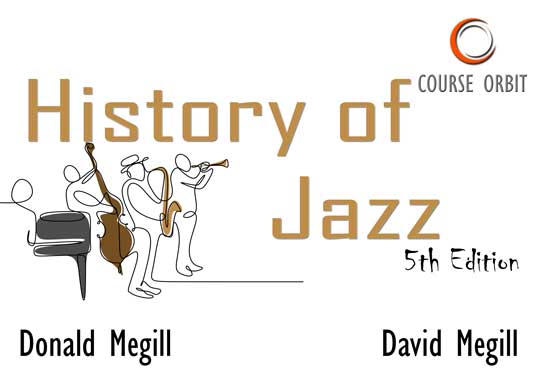
History of Jazz
5th Edition
ISBN: 978-1-7350385-2-0
Authors: Donald D. Megill, David W. Megill
Introduction to Jazz Online offers a general overview of the periods of jazz and how jazz styles were shaped by and fit into the American landscape. The course’s integrated approach allows students with no previous musical experience to explore the history of jazz through reading, listening, writing assignments, concert attendance, and research. Topics covered in the 15-lesson course include the historical periods of jazz, biographies of jazz greats, as well as instrumental legacies, oral and literate traditions, and jazz as an art form.
A rich selection of jazz compositions and performances are referenced in the lectures, reading assignments, and quizzes. Students’ appreciation of jazz and understanding of its history is enhanced by interactive timed listening notes included in the lessons. Designed to guide students in the art of listening, these interactive notes allow students to follow the progress of each composition, highlighting and demonstrating some of the musical themes as they occur.
Lessons

Lesson 1: Jazz to You: Warming Up
This lesson introduces the unique aspects of jazz – structure, performance and sound, differentiating it from other music genres. Although subjective, they are key. After completing this course, students will be equipped with the foundation to appreciate jazz music.
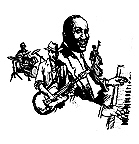
Lesson 2: Jazz Issues: Definitions & the Big Picture
This lesson will present students with a glimpse of how jazz developed in America, as well as how it has transformed over the years. Students will be able to dispel the myths and stereotypes of the unique art and develop a more realistic idea of jazz and the jazz musician.

Lesson 3: Roots of Jazz: Pre-Jazz, Work Songs & the Blues
This lesson will explore the development of jazz in depth. Students will observe how jazz was shaped, how it was integrated into society in the nineteenth century, and how the blues evolved alongside. The student will also explore the link between the blues and jazz, as well as how jazz musicians may switch between the two while performing.
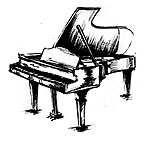
Lesson 4: Keys to the Piano: Early Styles & Innovators
This lesson explores the introduction and evolution of the piano—the defining sound of jazz till today. Students will become familiar with the key jazz styles that have remained—ragtime, boogie-woogie, and stride. The key instruments will also be explored—the synthesizer, the Hammond organ, and the electric guitar.
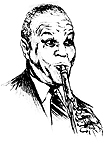
Lesson 5: Dixieland North & South: The Ensemble & Collective Improvisation
Lesson 6: Review 1: Pre-Jazz, Piano & Dixieland. Introduction to the Concert Report
This review will test students on their ability to identify the characteristic of jazz performances as well as the structure to differentiate between jazz styles. Students can practice through listening and attending live performances for a richer learning experience.

Lesson 7: Swing & the big Band: Jazz hits Number One
This lesson explores the Swing Era with the big bands that gave a rise to the popularity of jazz. During the Swing Era, the Dixieland ensemble became less influential in comparison to the big band ensemble. Melodic jazz soloist also became a sensation. Soloists eventually transitioned into a more aggressive jazz style.
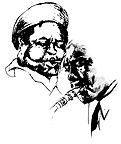
Lesson 8: Bebop, Cool & Other Streams: End of War & the Headwaters of Mainstream
This lesson will explore bebop, the most recognized style of jazz. Bebop has also influenced other genres of music, including country, pop, and rock music. The style of the short-lived bebop period blended into the later jazz styles.
Lesson 9: Review 2: Swing & Bebop
This review will test students on their ability to identify the characteristic of jazz performances as well as the structure to differentiate between the Swing and Bebop jazz styles. Students can practice through listening and attending live performances for a richer learning experience.

Lesson 10: Avant-Garde & Free Jazz: New Freedoms & Shared Results. Concert Report No. 1
This lesson explores the time when jazz musicians went against the norm to explore fusion with classical music styles. Students will recognize how crossovers were made during this time of exploration.
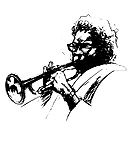
Lesson 11: Modal Jazz & Fusion: Digging Deeper & Handling New Influences
This lesson explores the period when jazz musicians experimented with fusion of rock music elements. The substantially greater popularity of rock threatened the existence of jazz. Despite the controversy, jazz stayed grounded.
Lesson 12: Review 3: Free Jazz, Modal & Fusion. Concert Report No. 2
This review will test students on their ability to identify the characteristic of jazz performances as well as the structure to differentiate between the Free, Modal, and Fusion jazz styles. Students can practice through listening and attending live performances for a richer learning experience.

Lesson 13: Jazz Legacies: Expressions of Jazz’s Mainstream
This lesson will explore the expectations for jazz musicians set by jazz legends. Mainstream jazz as developed with bop and hard bop at the center. The traditions are still followed by mainstream jazz artists today.
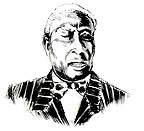
Lesson 14: Oral & Literate Traditions: The Role of Opposing Forces. Concert Report No. 3
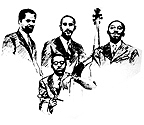
Lesson 15: Jazz as an Art Form: Past, Present & Future
This lesson summarizes the past and present state of jazz and discusses the possibilities for the future. Students will explore the challenges faced for its cross-cultural voice, and what it will take for the art form to continue into the future.
We're Here to Assist, Professors!
Hey there, educators! Got a question or hitting a snag? Your solutions are just a click away at our Support Site, a haven of resources tailored for the curious academic mind. And if you’re stumped, don’t hesitate to shoot us a support ticket – we’re geared up to assist you in making your teaching journey smoother!
9236 Sunridge Dr.
Riverside, CA 92508

